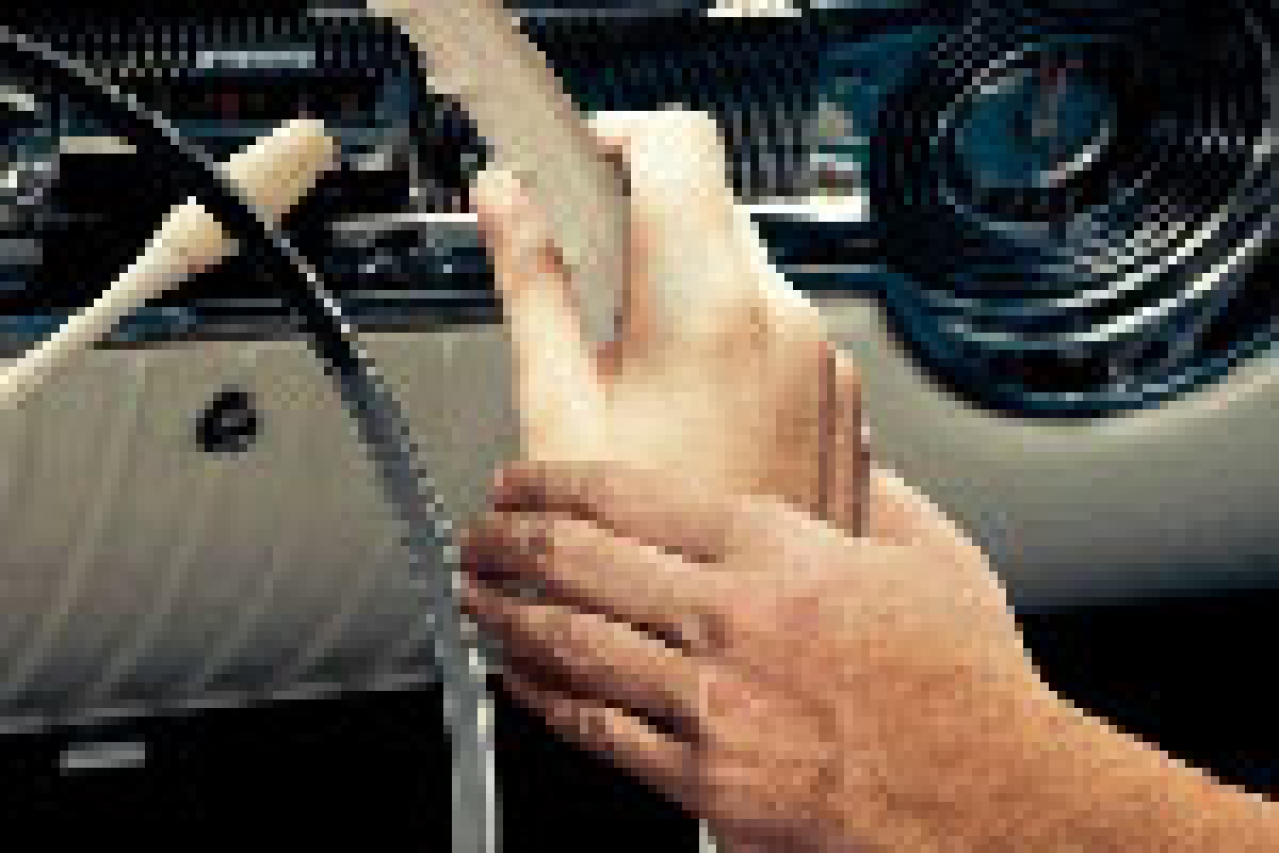How I Learned to Drive

in How I Learned to Drive
(© Joan Marcus)
There’s a delicate balance that needs to be maintained in Paula Vogel’s How I Learned to Drive, now being revived at Second Stage Theatre. There are elements of comedy, tragedy, drama, romance, and farce combined into a potent mixture that deservedly earned Vogel the Pulitzer Prize. Sadly, director Kate Whoriskey’s heavy-handed production robs the play of some of its complexity.
The work centers on Li’l Bit (Elizabeth Reaser), and the highly inappropriate relationship she had with her Uncle Peck (Norbert Leo Butz). Towards the beginning of the play, the balance of power between the two of them seems to be somewhat equal, but as the show shifts backwards and forwards in time, it’s quite clear that any kind of “consent” that she might be giving him is far outweighed by the discrepancy between their ages.
Reaser and Butz each have strongly performed moments within the production, as do Kevin Cahoon, Jennifer Regan, and Marnie Schulenburg, who portray multiple roles. But their work simply pales in comparison to the exquisitely detailed performances of original leads Mary-Louise Parker and David Morse.
There’s a stiff, forced quality to Reaser’s vocal delivery, particularly when she is trying to indicate the rhythms of Li’l Bit’s teenage self. The actress also lets certain laugh lines fall flat. Her best scene is a pivotal one in which Uncle Peck has come up to visit Li’l Bit at college in order to celebrate her 18th birthday. Here, Reaser is able to capture her character’s conflicted emotions and demonstrate a vulnerability that seems missing from some earlier scenes.
Butz starts out well, with his first scene establishing Peck’s easygoing demeanor and Southern charm. But other moments seem off, such as the sharp tones he uses to address Li’l Bit’s cousin Bobby in a monologue that strongly suggests Peck’s pedophilic behavior was not limited to his niece. Butz also overplays his character’s drunkenness in a scene set in a kitchen following a holiday dinner with the family.
The most egregious misstep — and for which director Whoriskey seems the most to blame — comes towards the end of the play, as Butz and Reaser enact a traumatizing incident in a grossly literal manner that eschews subtlety and makes it easy to see Uncle Peck as only a villain.
However, Vogel has not created a stereotypical child-molesting monster in Uncle Peck. She exposes his flaws and abhorrent actions, but she also takes care to show the audience his strength and compassion — particularly in a scene in which he shares with Li’l Bit his philosophy for driving. He tells her that he’ll teach her how to be the only one to walk away from a car crash. It instills in her a sense of being a survivor, even when the wreck that she has to walk away from is him.











